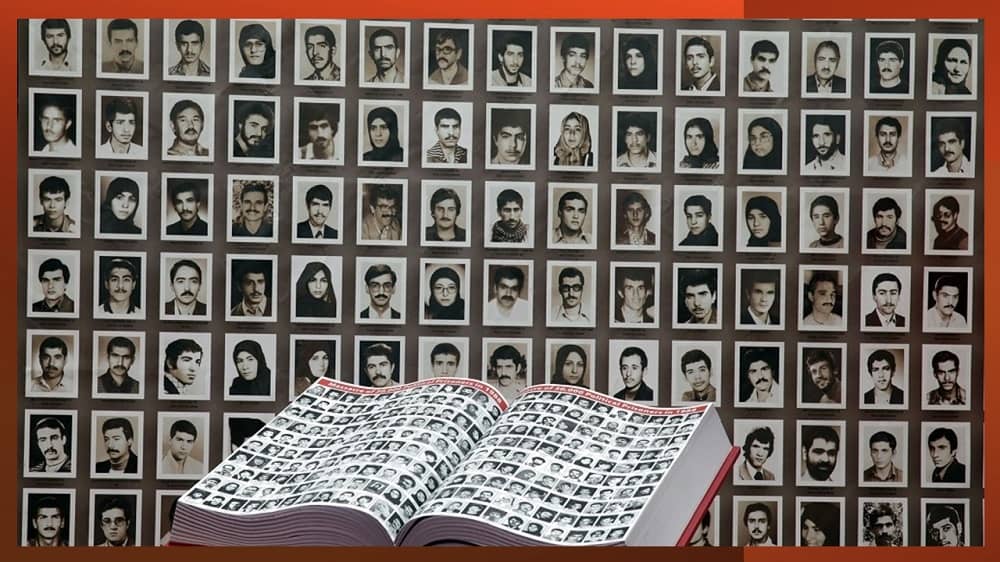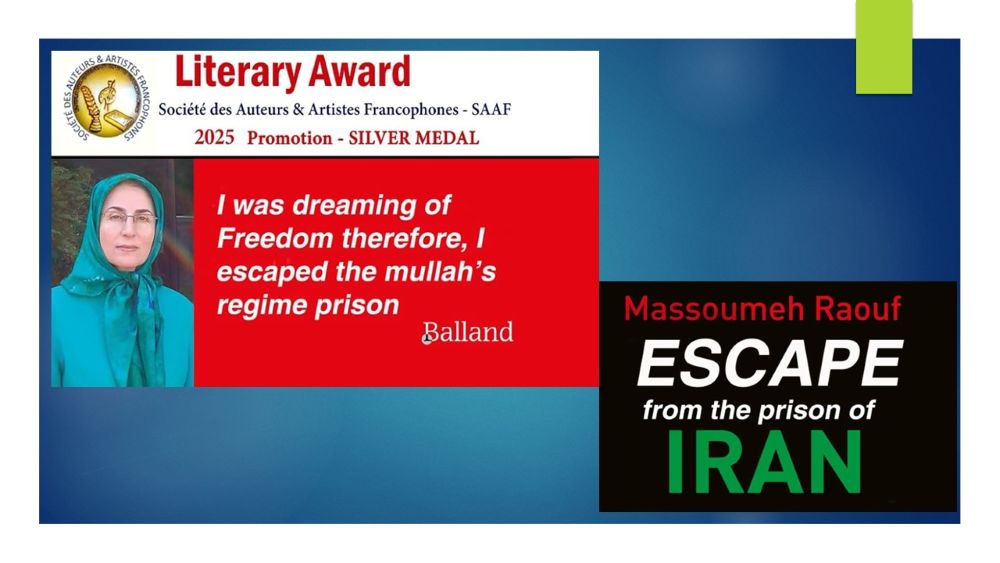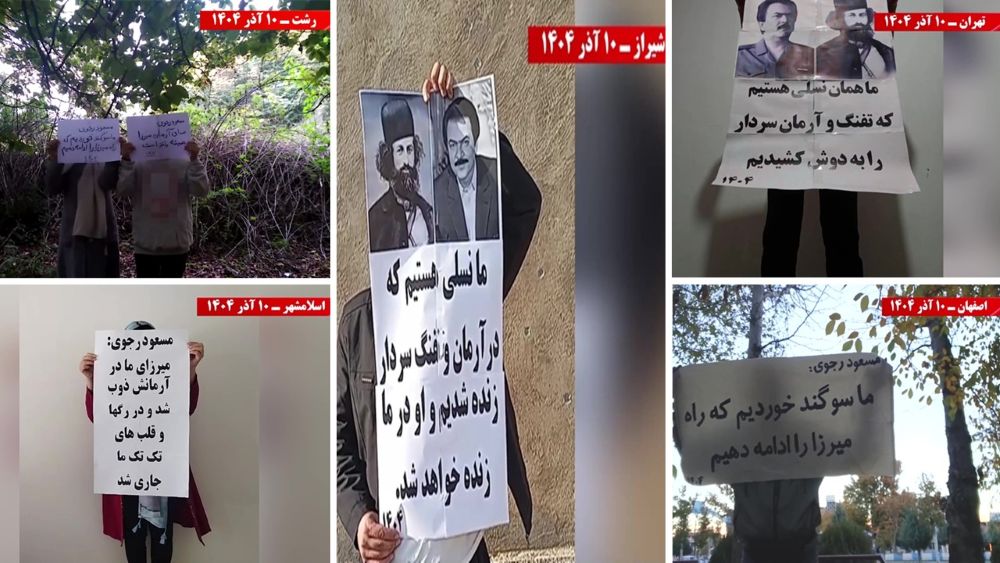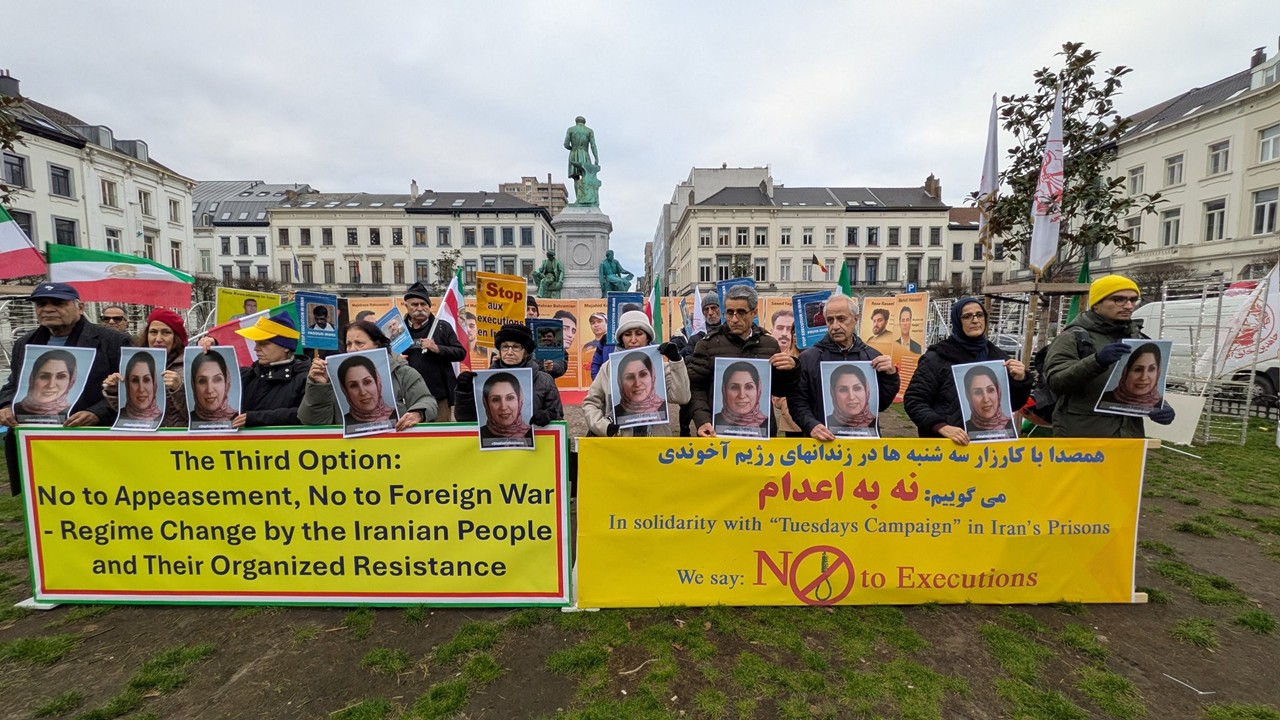
An examination of the political landscape in Iran during 1988 reveals significant events, including the ceasefire of the Iran-Iraq war, the severe illness of Khomeini, the precarious situation of his successor, and the perceived threat from the people and the Resistance. These events all point to Khomeini’s apparent intention to eliminate the MEK (Mujahedin-e Khalq).
In August of the same year, Montazeri’s letter to Khomeini opposing the idea of killing MEK members and warning that such actions would only fuel their ideology served as a direct rebuttal to Khomeini’s specific mandate.
As this objective evolved into a political policy, Khomeini pursued it relentlessly, discarding all moral, human, religious, and even the regime’s own principles. This included executing individuals who had already served their sentences, imposing harsh verdicts on MEK supporters, and rapidly arresting and executing former prisoners. To comprehend the full scope of the massacre, it is essential to review the various events that contributed to its different levels.
#Iran's #1988Massacre of Political Prisoners: Unraveling the Critical Events#RaisiMassMurderer #NoImpunity4Mullahs pic.twitter.com/m1XQq7CxaG
— Iran Freedom (@4FreedominIran) July 25, 2023
The most concentrated wave of killings occurred in Evin and Gohardasht prisons, primarily targeting members of the MEK. The executions were carried out after swift interrogations by the death committee, leading to the rapid emptying of prison wards housing PMOI/MEK members.
Montazeri, in a meeting with those responsible for the massacre, described the executions in these prisons as unparalleled brutality.
The massacre extended beyond Tehran and Karaj, with executions taking place in prisons across provincial capitals and other cities. Khomeini’s decree emphasized the urgent need for executions, leading to the arbitrary killing of MEK members in various prison facilities.
Simultaneously, political prisoners and MEK supporters, previously released, were rounded up and executed in large numbers. The regime arrested over 10,000 individuals across the country in an effort to eliminate MEK supporters.
The scope of these arrests and killings has been obscured, and little information is available on the individuals responsible for the death committees. However, survivors and former political prisoners have recounted their personal experiences and stories of the atrocities.
As the mass killings shifted their focus to Marxist prisoners in Evin and Gohardasht prisons, Khomeini issued a separate fatwa to initiate this wave of executions. The majority of killings occurred in these two prisons, while other prisons witnessed killings of Marxist prisoners as well.
In summary, the events in 1988 in Iran indicate a deliberate and systematic effort by Khomeini’s regime to annihilate the MEK, resulting in a tragic and brutal massacre that affected many prisoners across the country.



